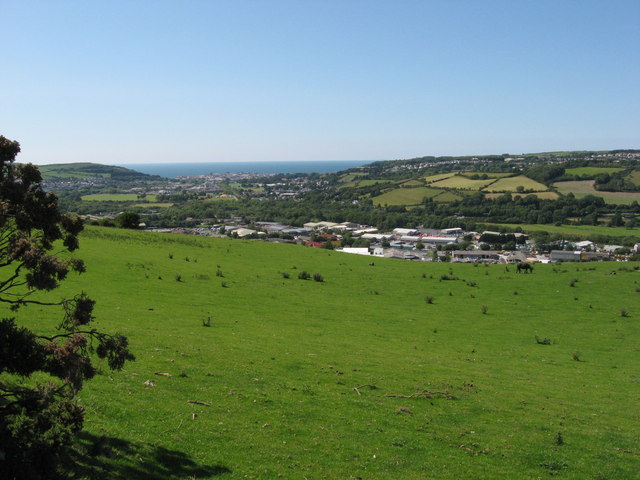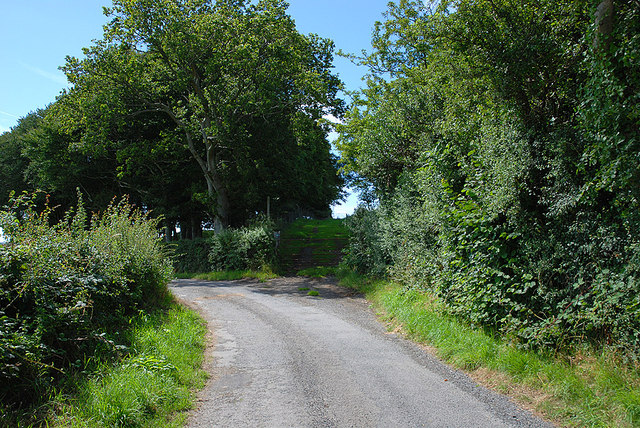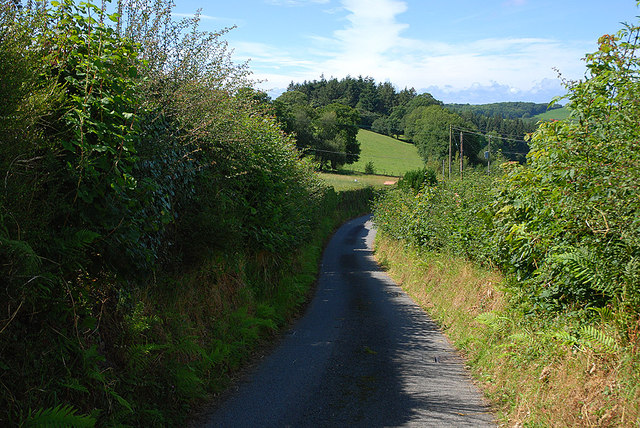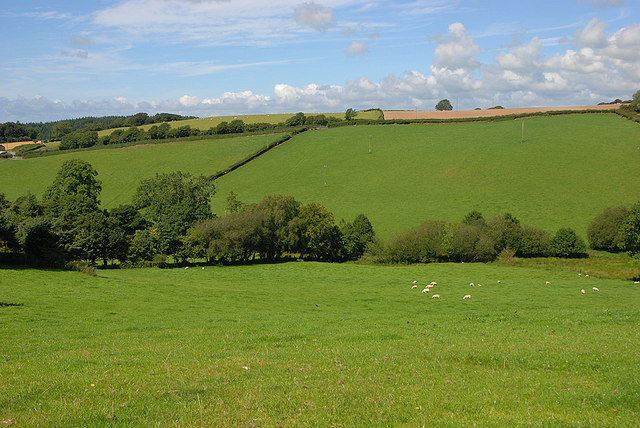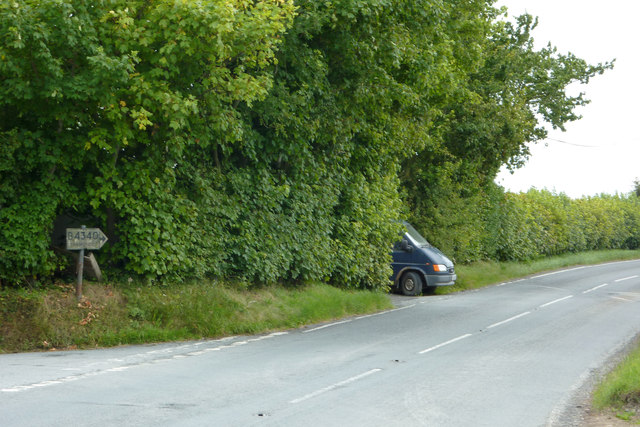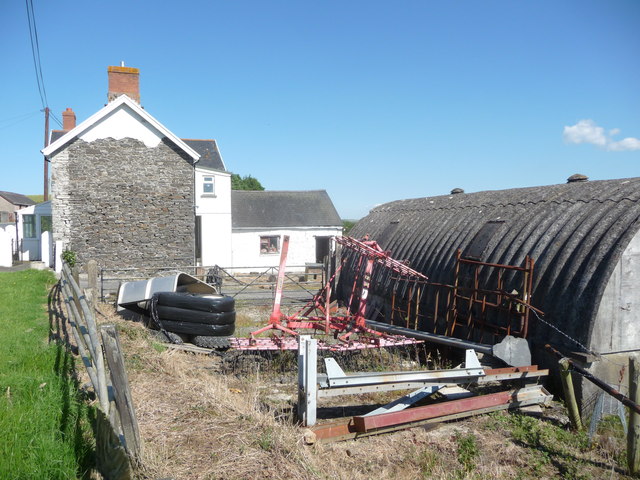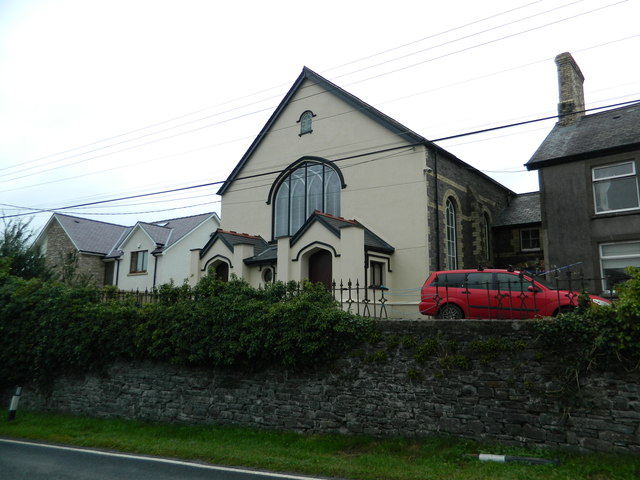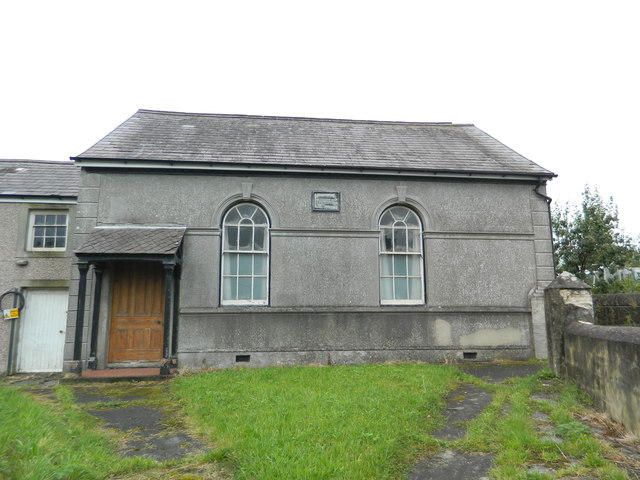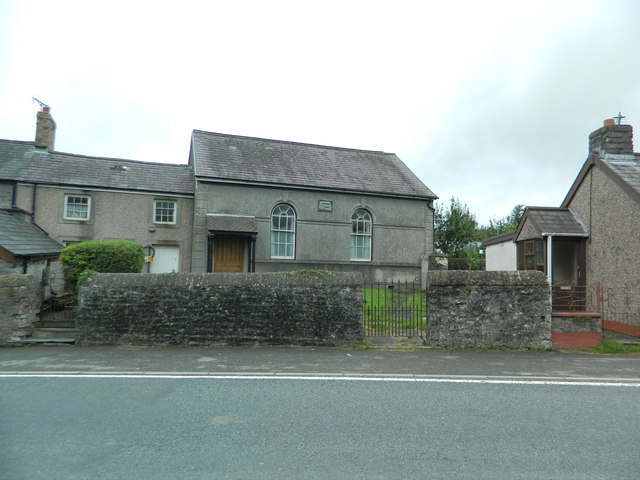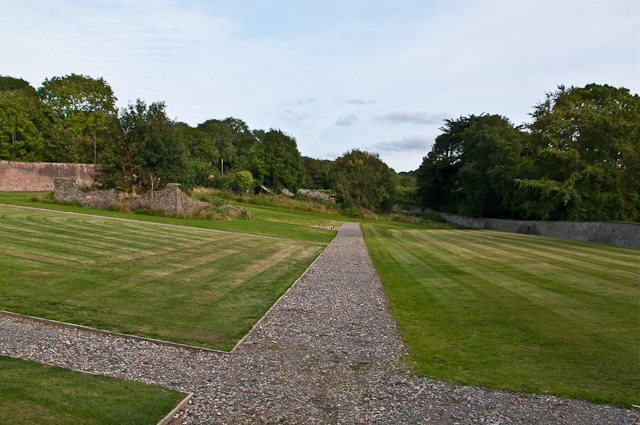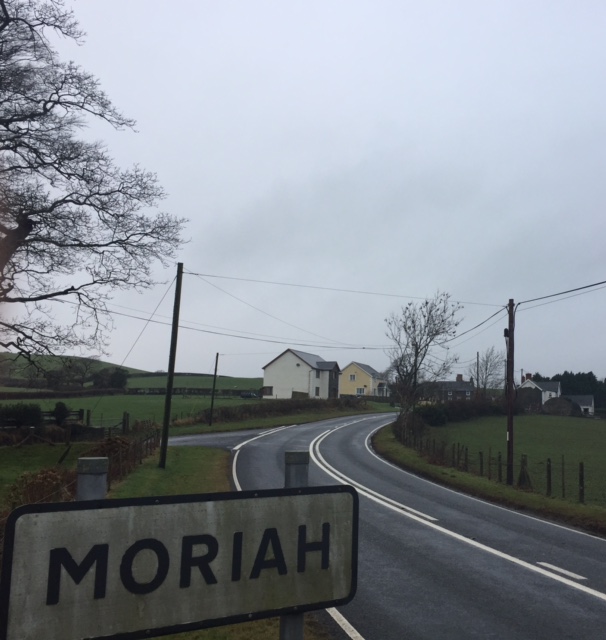Coed Tyn-y-cwm
Wood, Forest in Cardiganshire
Wales
Coed Tyn-y-cwm
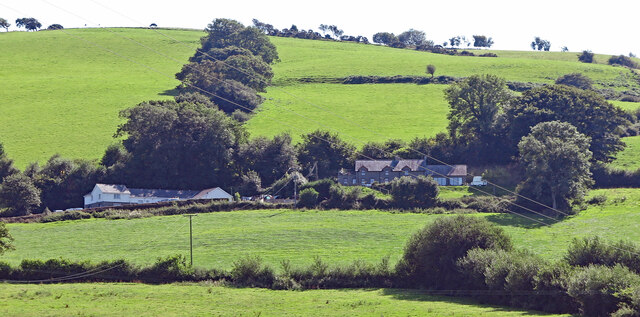
Coed Tyn-y-cwm is a picturesque woodland located in Cardiganshire, Wales. Situated in the heart of the county, the wood is characterized by its lush vegetation and diverse range of flora and fauna. Covering an extensive area, Coed Tyn-y-cwm is a haven for nature enthusiasts and offers a peaceful retreat from the bustling urban life.
The woodland is predominantly composed of native tree species, including oak, birch, and beech, which create a dense canopy that shades the forest floor. This provides a favorable habitat for a multitude of wildlife, such as red squirrels, badgers, foxes, and a variety of bird species. The tranquil atmosphere of the wood is often interrupted by the melodious songs of thrushes, blackbirds, and woodpeckers.
Coed Tyn-y-cwm is crisscrossed with numerous walking trails, allowing visitors to explore its enchanting beauty. These paths wind through the woods, passing by babbling brooks and meandering streams, adding to the charm and serenity of the surroundings. The wood also offers breathtaking vistas, with clearings that provide panoramic views of the rolling hills and valleys that surround it.
In addition to its natural beauty, Coed Tyn-y-cwm has historical significance. Ruins of an ancient stone circle can be found within its boundaries, hinting at the deep-rooted history of the region.
Coed Tyn-y-cwm is a cherished natural gem of Cardiganshire, offering a tranquil and captivating experience for all who visit. Whether it is for a leisurely stroll, birdwatching, or simply to immerse oneself in the wonders of nature, this woodland is an ideal destination for both locals and tourists alike.
If you have any feedback on the listing, please let us know in the comments section below.
Coed Tyn-y-cwm Images
Images are sourced within 2km of 52.384942/-4.0157633 or Grid Reference SN6278. Thanks to Geograph Open Source API. All images are credited.
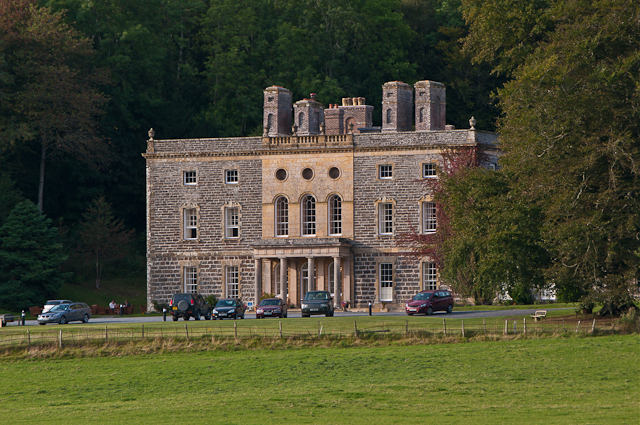
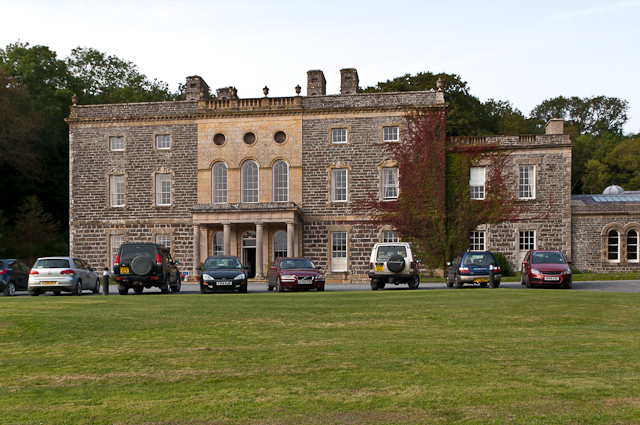
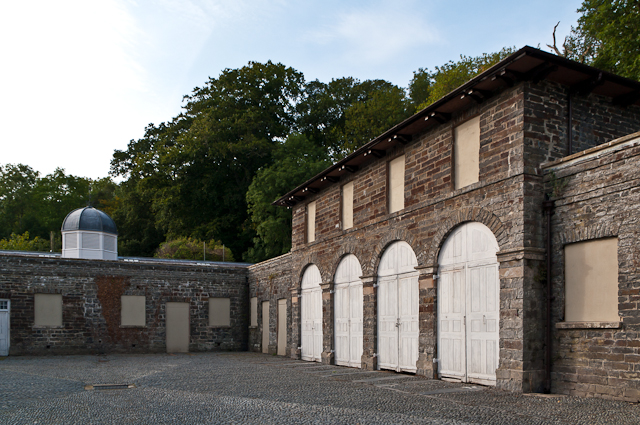
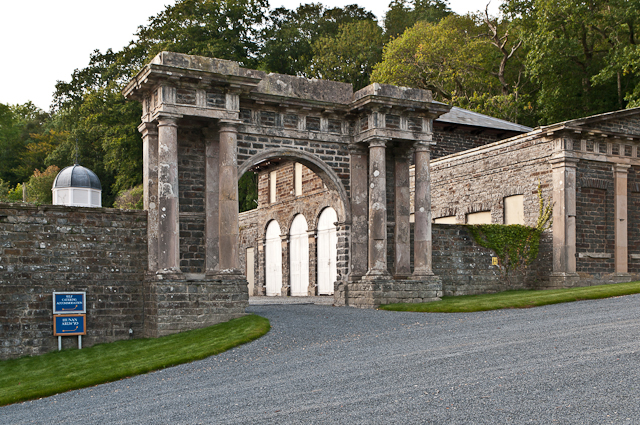
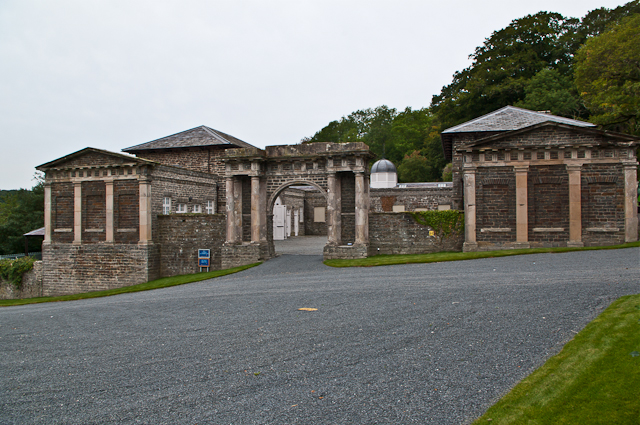
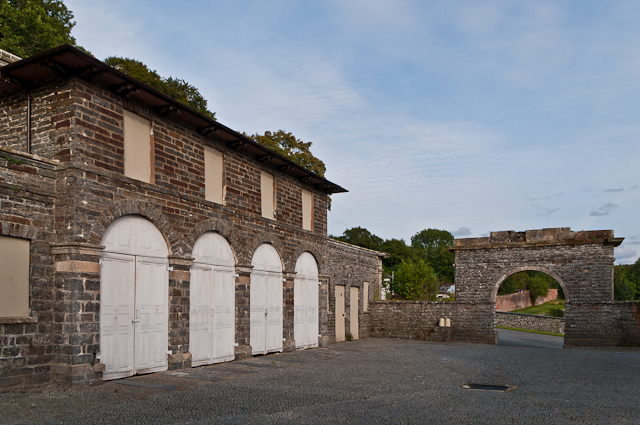
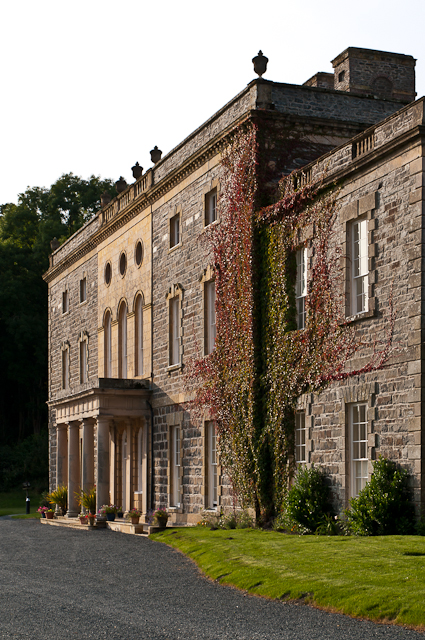
Coed Tyn-y-cwm is located at Grid Ref: SN6278 (Lat: 52.384942, Lng: -4.0157633)
Unitary Authority: Ceredigion
Police Authority: Dyfed Powys
What 3 Words
///quality.rollover.stir. Near Llanilar, Ceredigion
Nearby Locations
Related Wikis
Y Gors, Ceredigion
Y Gors is a hamlet in the community of Trawsgoed, Ceredigion, Wales, which is 71.5 miles (115.1 km) from Cardiff and 176.1 miles (283.4 km) from London...
Nanteos Mansion
Nanteos (Welsh: Plas Nanteos, Nanteos Mansion) is an 18th-century former country house in Llanbadarn-y-Creuddyn, near Aberystwyth, Ceredigion, Wales. A...
Moriah, Ceredigion
Moriah is a hamlet in the community of Llanfarian, Ceredigion, Wales, which is 73 miles (117.4 km) from Cardiff and 177.1 miles (285 km) from London. Moriah...
Pant-y-crug
Pant-y-crug is a hamlet in the community of Melindwr, Ceredigion, Wales, which is 71.5 miles (115 km) from Cardiff and 175 miles (281.6 km) from London...
Capel Bangor railway station
Capel Bangor railway station is a railway station serving Capel Bangor in Ceredigion in Mid-Wales. It is an intermediate station on the preserved Vale...
Pont Paith
Pont Paith is a hamlet in the community of Llanfarian, Ceredigion, Wales, 73 miles (117.5 km) from Cardiff and 177.9 miles (286.2 km) from London. Pont...
Glanyrafon railway station
Glanyrafon railway station (formerly Glanrafon) is a railway station serving Glanyrafon in Ceredigion in Mid-Wales. It is a request stop on the preserved...
Glanyrafon, Ceredigion
Glanyrafon or Glanrafon is a small village and industrial estate in the community of Llanfarian, Ceredigion, Wales. It lies on the south bank of the Afon...
Have you been to Coed Tyn-y-cwm?
Leave your review of Coed Tyn-y-cwm below (or comments, questions and feedback).
